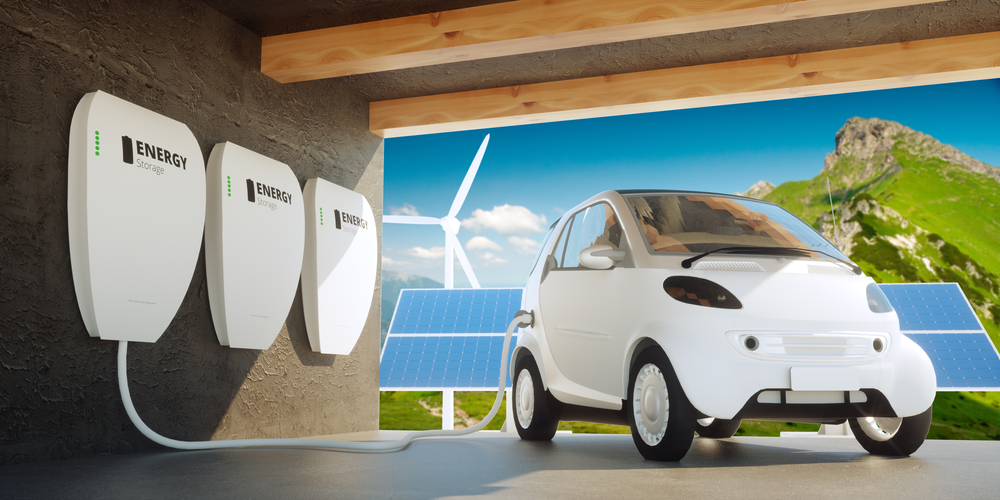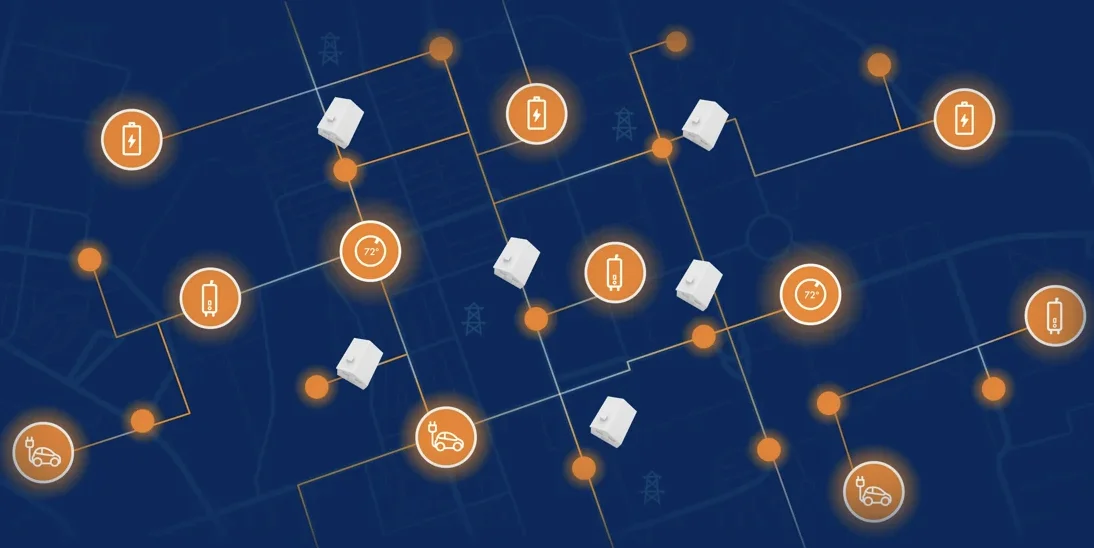By 2050, solar and wind will supply almost half the world’s electricity, according to the energy research organization BloombergNEF. In a recent Bloomberg article entitled “A Deluge of Batteries Is About to Rewire the Power Grid,” the author notes that “it can’t happen without storage.”

The two key hurdles to moving away from fossil fuel dependence to a renewable energy future are harvesting power during the day that can be stored and then used later during peak energy demand, and making sure that there’s enough power available even on calm, cloudy days. Storage remains one of the three critical components to the carbon-free triad: renewable energy sources, low-cost storage, and demand-side management.
Mary Powell, the CEO of Green Mountain Power (a Virtual Peaker customer and partner), continues to be bullish on the current capabilities and growth potential for battery storage. “We think storage can be the leapfrog technology that’s really needed in a world that’s focused on dramatic climate change,” says Powell. “It’s the killer app in a vision to move away from bulk delivery systems to a community-, home-, and business-based energy system.”
– Mary Powell, CEO, Green Mountain Power
But innovation on storage is happening across all parts of the energy system. Just this past week, there have been a number of interesting stories about new storage technologies receiving substantial investment:
- Form Energy, which has been focused on developing a long-duration storage technology just raised a $40 million Series B investment round.
- Gravity-based storage company Energy Vault just raised a series B of their own at $110 million. Highly recommend visiting their website for the video alone!
It Can’t Happen Without Battery Storage Conclusion
While these companies represent developments at a larger grid scale, they are one part of a broader (and exciting) energy revolution. To find out more about how breakthroughs in energy storage are adding small-scale homes to the list of grid-connected energy providers, get in touch with us.







